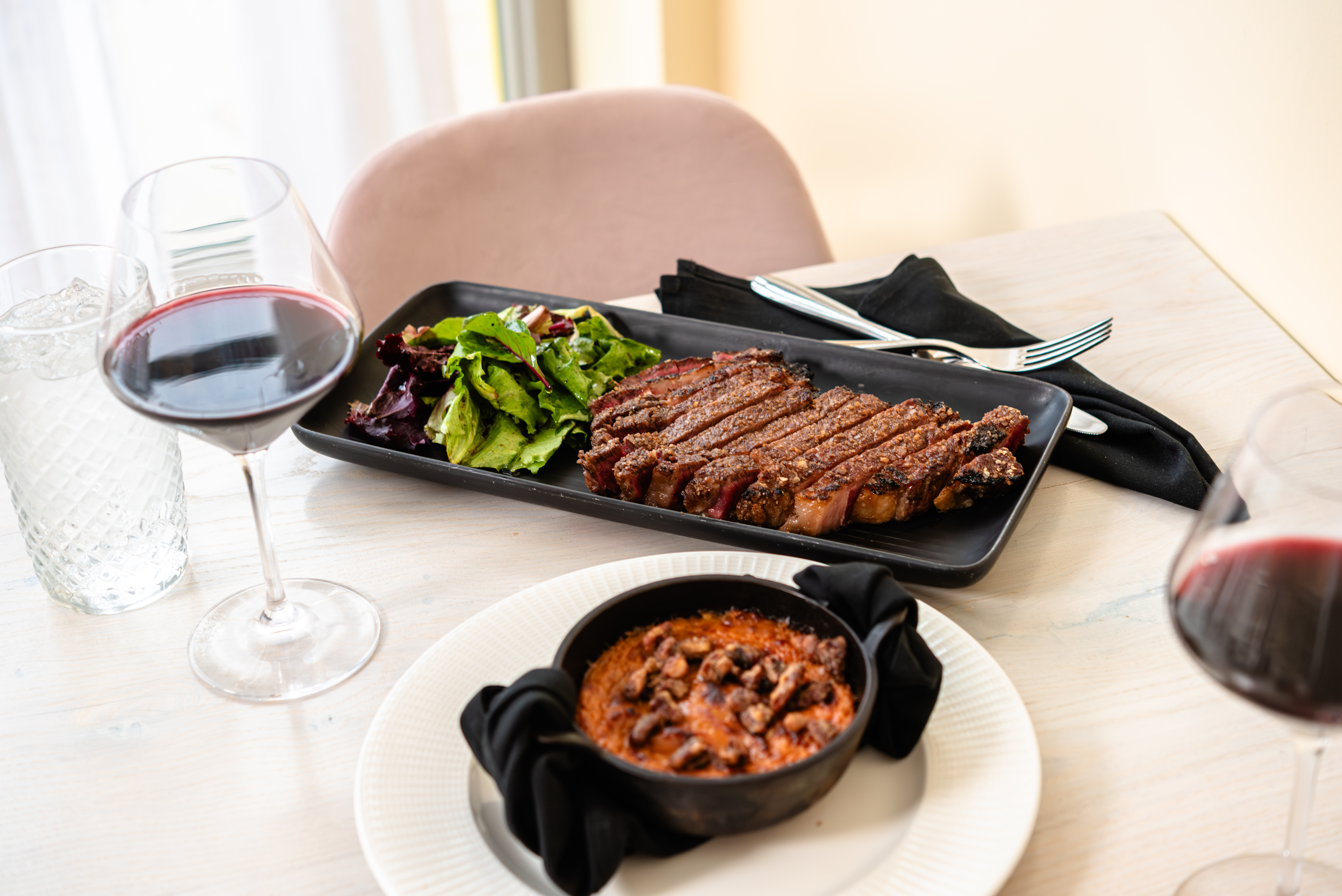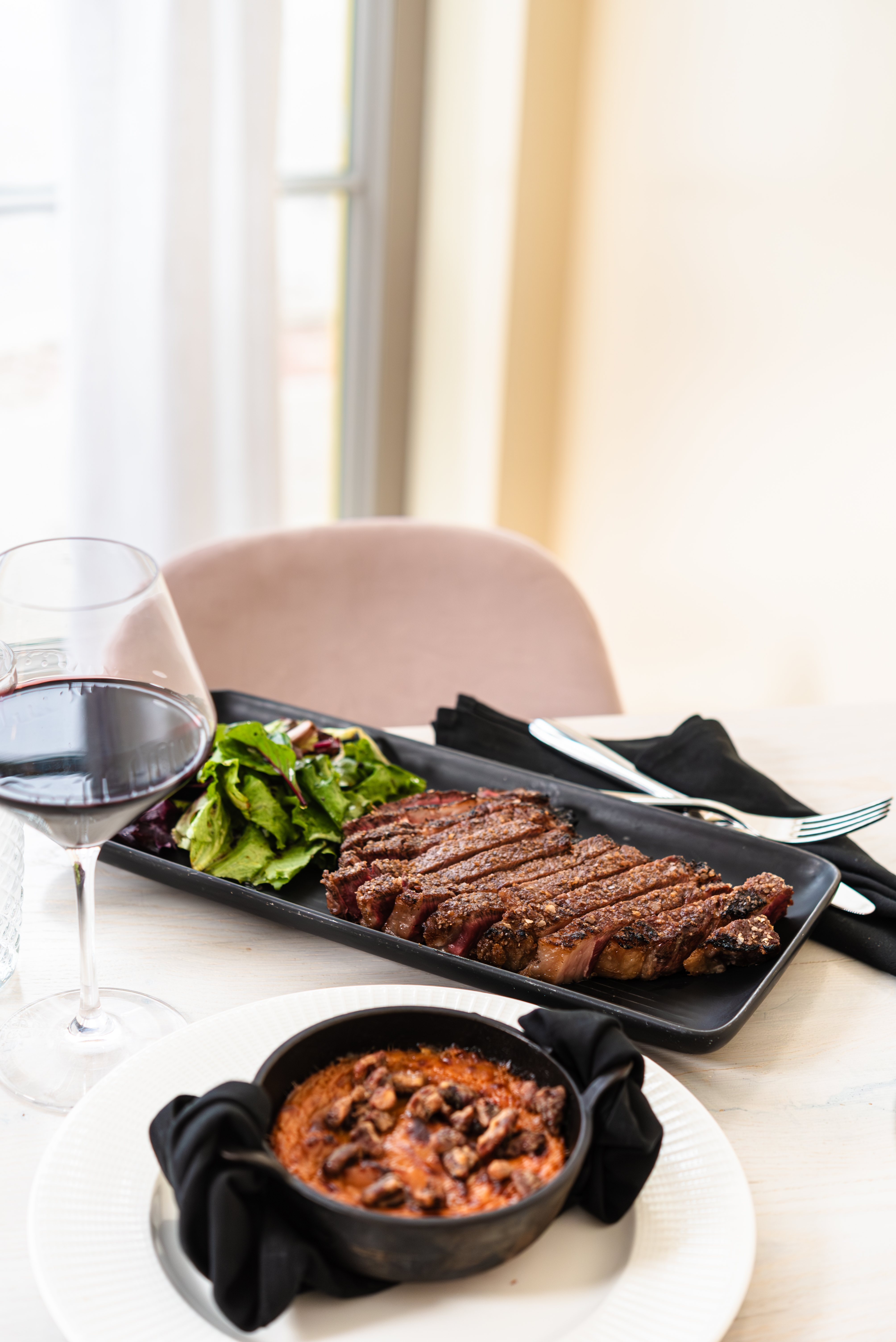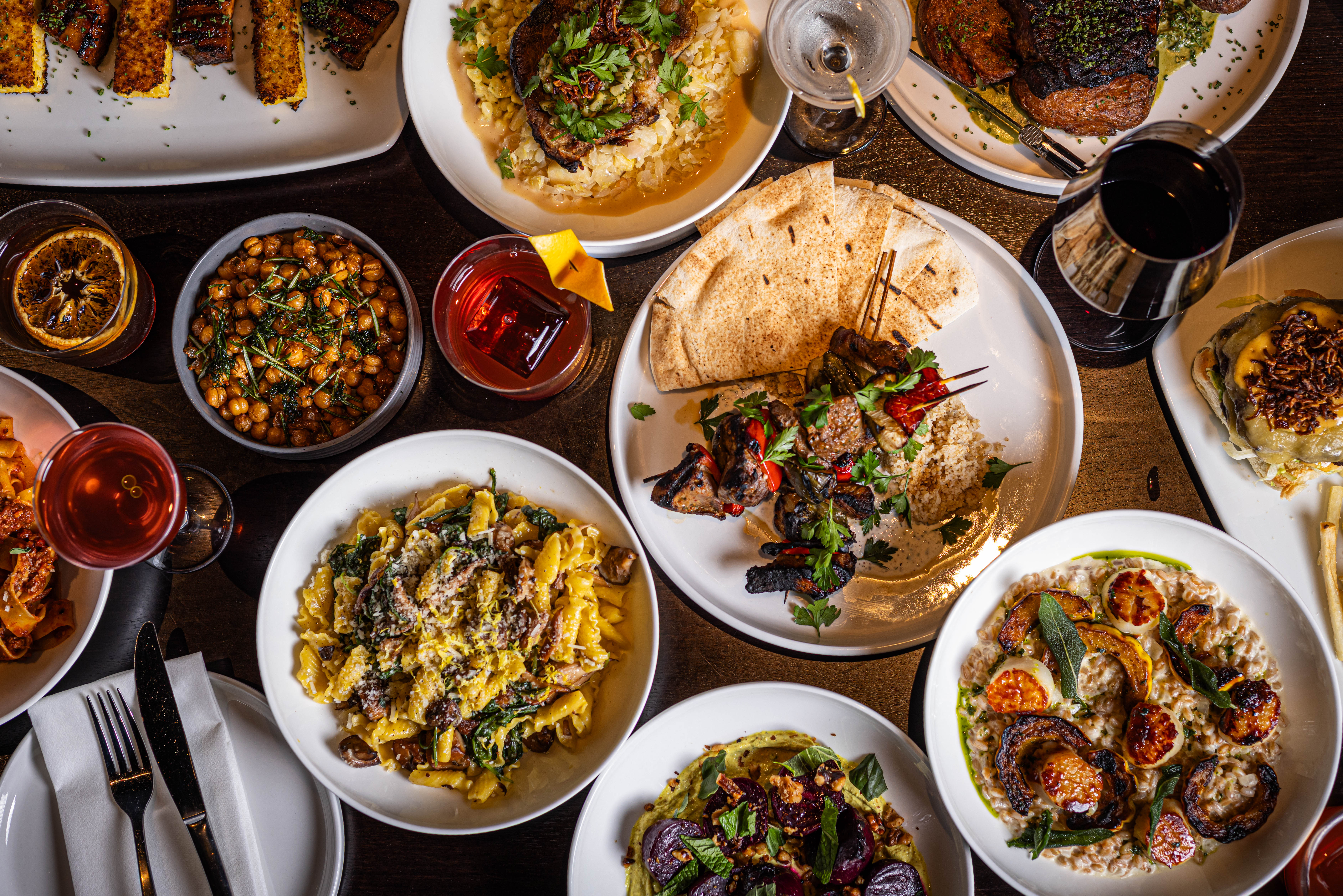The colors grab you first — jewel-toned fruits and vegetables in displays of red, purple, green, yellow and orange. Next, the sweet aroma of flowers and sausage on the grill pulls you in. This isn’t your average grocery store. This is summer at a Northeast Ohio farmers market, a time when the region’s more than 11,000 small farmers yield an amazing and bountiful harvest and customers — lots of them — buy food directly from the people who coax it out of the ground. Armed with canvas totes, straw bags and backpacks, patrons greet one another, ask questions, trade news and recipes and generate a buzz of conversation. How can I tell if this watermelon’s ripe? Is your habanero jelly really hot? What do you do with Swiss chard?
Farmers markets have sprung up at an astonishing rate throughout Northeast Ohio during the past decade. Of the 144 in Ohio last year, nearly 40 percent were in our backyard. Some are gatherings of just a few vendors during peak production months. Others are almost year-round with dozens of stands.
None require more than a few minutes to traverse. You can easily get your shopping done in under half an hour. But what’s the hurry? Market days are festive occasions featuring music, cooking demos and picnic tables where you can kick back and snack. Enjoy a chair massage at one, try on tie-dyed T-shirts at another, and get advice on planting your own garden at a third. So get ready to join in the locavore chatter with our suggestions on where to start, what to look for and when to go.
|
Market Speak
If you don’t yet know the difference between “heritage” and “heirloom,” don’t sweat it. This quick guide to terms often used at farmers markets will bring you up to speed. Artisan or Artisanal } Heirloom } Vintage types of fruits and vegetables, dating back at least 50 years and grown from seeds developed by farmers through years of cultivation and selection Heritage } Organic } Grass-fed } Animals that eat a diet of primarily grass, as compared to those fed wholly on grain. What’s the diff? The result is leaner, more intensely flavored meat that’s higher in protein and lower in calories. Cage-free or Free-range } Meat, poultry or eggs that come from animals that regularly spend time unconfined and in the open air Vine-ripened or Tree-ripened } Fruit allowed to fully mature before being picked — meaning it’s harvested at the peak of flavor Producer-only } A market whose vendors come from within a 100-mile radius and only sell products they grow, raise, process or make themselves. Products brought in from elsewhere or bought for resale are not allowed. |
Trending
-
1
-
2
-
3
-
4
-
5










